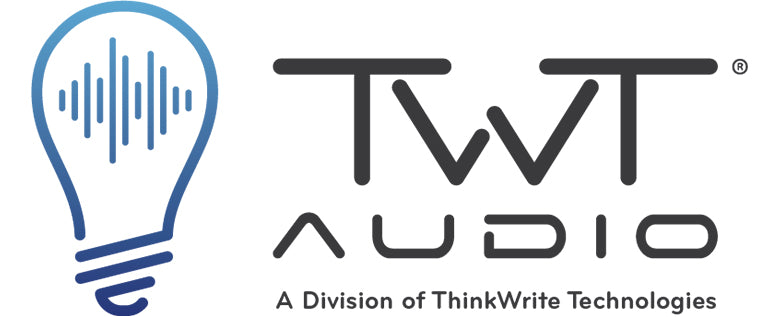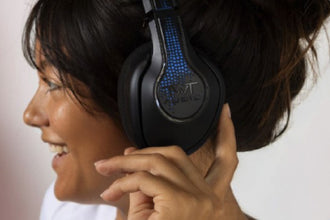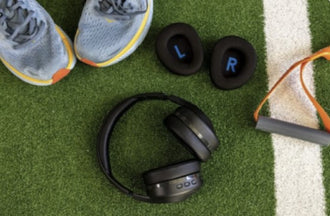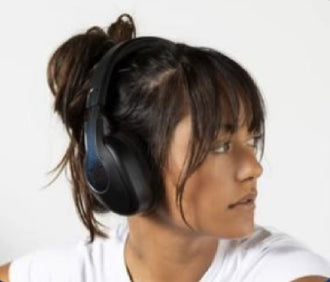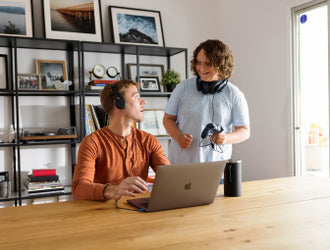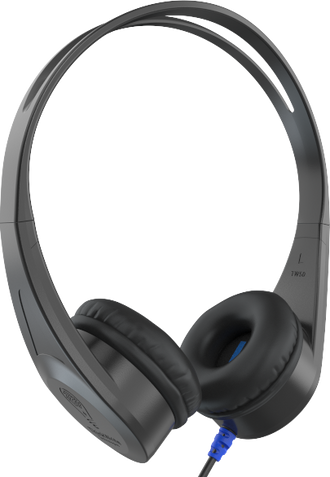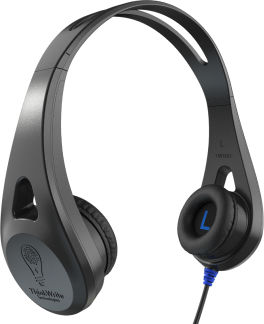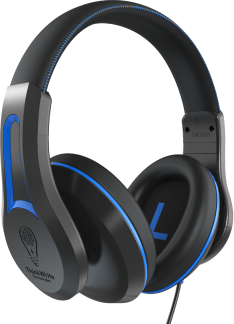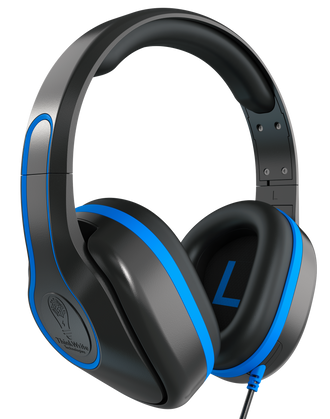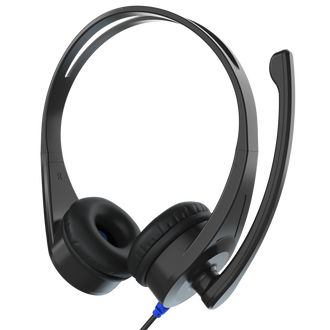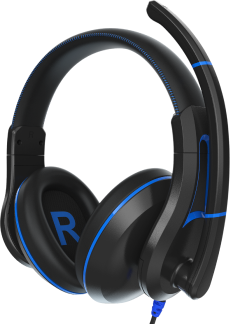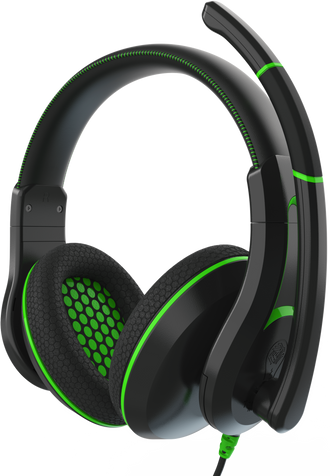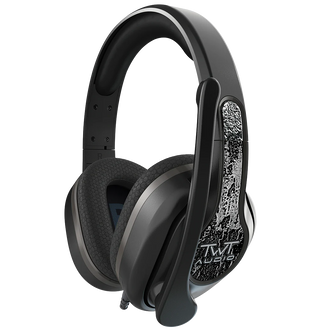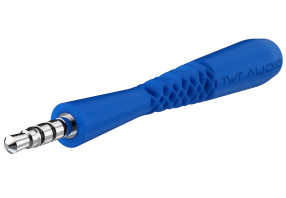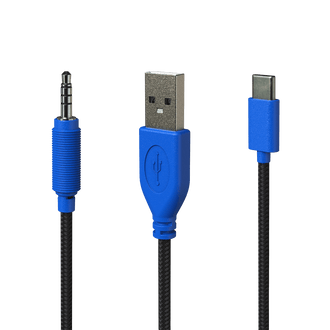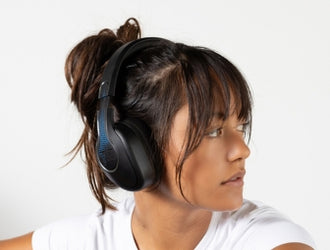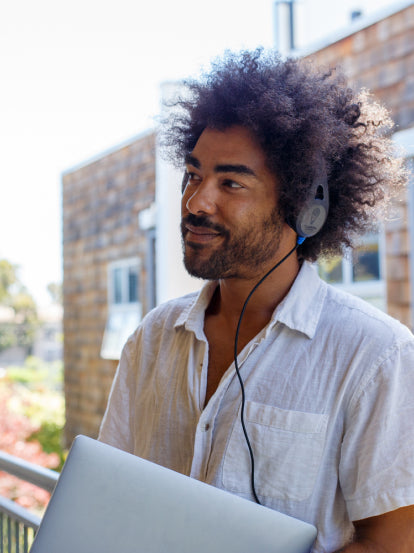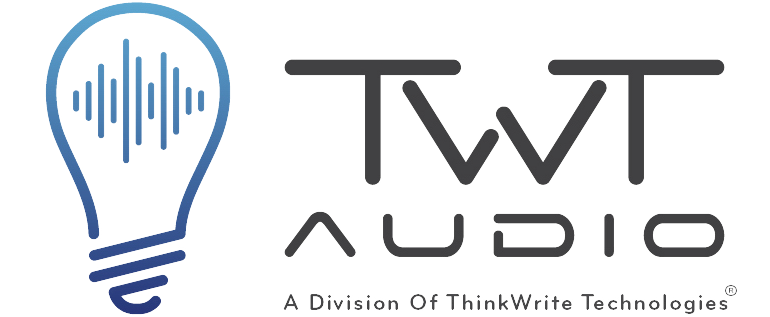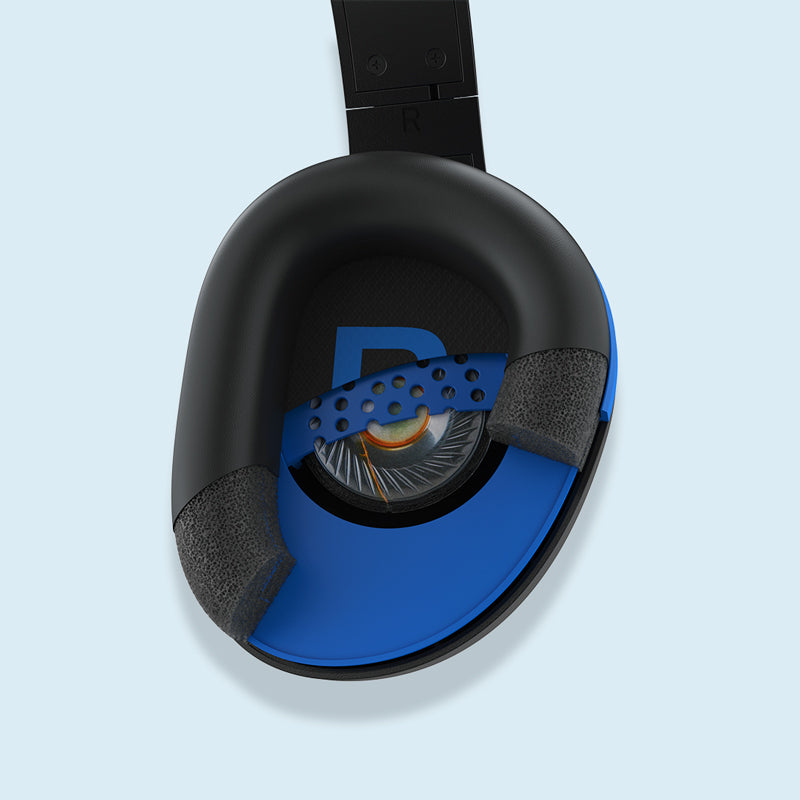Finding peace and focus can be a real challenge when you're surrounded by noise. Whether you're trying to study, work, or just relax, the right pair of headphones can make all the difference. However, with so many terms flying around, such as active noise-canceling, passive noise-canceling, and noise reduction, it’s easy to feel overwhelmed. What do these technologies mean, and which one is best for your needs?
Here's what you need to know, so you can find the right headphones for your classroom or other space.
Understanding Noise-Canceling and Noise-Reduction Technologies
Noise canceling and noise reduction are umbrella terms for technologies designed to minimize external sound. While the goal is the same, to have less ambient noise, the way each method works is completely different.
-
Active Noise Canceling (ANC): Think of ANC as a high-tech shield. It utilizes microphones and electronics to detect surrounding noise, then generates "anti-noise" signals to cancel it out.
-
Passive Noise Canceling: This isn’t electronic. It’s about design and materials. Thick ear cups, snug seals, and cushioning physically block sound waves from your ears.
-
Noise Reduction: This is a broad term that refers to non-active noise-cancelling technologies that minimize unwanted noise.
Imagine you're at the beach. Passive noise canceling is like wearing earmuffs, while active noise cancellation is like having a sound engineer use speakers to cancel out incoming sound waves. Both methods reduce the noise, but they work in very different ways.
How Active Noise Canceling (ANC) Works
Active noise-canceling headphones use built-in microphones to detect ambient sound, such as the hum of an airplane engine or the drone of an air conditioner. Once the noise is identified, the headphone’s internal circuitry generates a mirror-image sound wave, called an anti-phase wave, that cancels out the original noise before it reaches your ears.
This cancellation process happens in real-time, requiring digital signal processors (DSPs) and battery power to operate continuously and effectively. Without continuous battery support, ANC isn't effective, and you end up with unwanted noise.
How Passive Noise Canceling Works (Noise Reduction)
Passive noise cancellation relies on the headphone structure and design rather than electronics. By using dense materials, padded ear cups, and a firm seal against the wearer's head, passive headphones physically block outside sound from entering a listener’s ears.
At TWT Audio, we design headphones such as our DURO and REVO lines with passive noise canceling in mind. By combining comfort-focused ergonomics with high-quality materials to naturally reduce external noise, you can get a comfortable fit and fewer distractions. The goal is to minimize noise without relying on batteries or complex and expensive circuitry.
Key Differences Between Active Noise Canceling, Noise Reduction, and Passive Noise Canceling
Before choosing the best headphones for your needs, it's essential to understand how ANC and passive options work. Then, you can choose proper noise reduction for your K-12 classroom, an office, or any other location. Here's how to compare what's offered.
-
Active Noise Canceling: This uses electronics, plus microphones, plus anti-noise technology, requires a battery or electricity, and is best for low-frequency noises like engines and HVAC, along with spaces such as airplanes, trains, and offices.
-
Passive Noise Canceling: This uses a physical barrier, such as a design or materials, and doesn't need power. It's ideal for studying, community use, and general purposes, and effectively blocks high-frequency noises such as voices and sudden sounds.
Noise Reduction is a broad term that includes passive noise cancelation but not active noise cancelation.
Advantages of Active Noise-Canceling Headphones
Active noise-canceling technology shines in environments with consistent, low-frequency background sounds, such as:
-
Airplane cabins
-
Subway systems
-
Open office layouts with HVAC systems
They generally offer customization options, too. Many modern ANC headphones let you adjust noise-canceling levels or switch between ambient modes, making these headphones adaptable to different settings. For travelers, remote workers, and commuters, ANC is a game-changer but does come at a higher price point.
Advantages of Passive Noise-Canceling Headphones
While ANC gets the spotlight, passive noise-canceling headphones have reliable advantages, including:
-
No battery needed: Ready for every study sessions without power concerns.
-
More affordable: Typically lower price points without sacrificing audio performance because advanced components are not needed.
-
Effective against sharp, high-frequency sounds: Loud people, keyboard clicks, and sudden noises are better blocked by good physical insulation since most ANC technologies are tuned for low contrast frequencies versus spikes in audio.
-
Pure audio quality: Some listeners prefer passive headphones because they don’t involve sound wave manipulation, allowing for more accurate reproduction.
TWT Audio’s passive headphones are designed for clarity, comfort, and durability, making them ideal for your K-12 students, other educators, and professionals who want consistent performance without complexity.
Which Technology Is Right for Your Needs?
When choosing the best headphone technology, consider your environment, preferences, and budget. If you're flying a lot or have long commutes, ANC might be the best option. For studying in a classroom or providing for a classroom, especially if you're also budget-conscious, passive noise canceling is the right design to meet your needs.
Also consider battery life (ANC requires it). TWT Audio offers options for each scenario, whether you need all-day comfort, a classroom-friendly design, or quality, portable performance.
TWT Audio's Noise Reducing Solutions
At TWT Audio, we build headphones with real people in mind, including students, professionals, and everyday listeners. Our product line includes passive noise-canceling headphones engineered with cushioned ear cups and adjustable headbands for a snug fit and excellent sound reduction. These are designed for environments where minimizing distractions enhances focus, whether you’re learning, working, or relaxing.
Our products are renowned for their durability, as they're built to withstand daily use. You can also expect comfort through lightweight, padded options made for extended wear, and quality that offers clear, balanced sound with minimal distortion.
Whether you're buying for a school, an office, or your own personal productivity, TWT Audio headphones help reduce distractions and improve your listening experience.
Frequently Asked Questions (FAQs) About Noise-Canceling & Noise-Reducing Headphones
Do active noise-canceling headphones completely block all external sound?
Not entirely. While ANC is very effective at reducing low-frequency, continuous sounds, it may not eliminate sudden or high-pitched noises like voices or alarms. For complete passive noise isolation, a combination of ANC and passive design is an ideal choice.
Do noise-canceling headphones affect sound quality?
Some early ANC models had slight distortions, but most modern headphones preserve audio fidelity while filtering background noise. However, passive headphones typically offer a cleaner signal path without processing.
Are active noise-canceling headphones worth the extra cost?
Yes, if you travel frequently or work in noisy environments. The ability to reduce fatigue and improve focus can outweigh the higher price. For quieter environments, including classrooms, passive headphones are more practical.
Can noise-canceling headphones be harmful to hearing?
No, when used properly, noise-canceling headphones can actually reduce the need to raise the volume, protecting your hearing over time. TWT also has taken extra precaution in their designs including a custom sound curve that eliminates most harsh frequencies linked to hearing loss in comparison to competitors.
